This blog post was first shared with Jenni’s email list. Sign up for the JRY email newsletter here!
Spoiler alert: Yes, closed-to-open hip transitions are safe, and in this article, I’ll share a new and very important insight that definitively closes the case on this question!
If you’ve followed my work for a while, you probably know that many of the alignment rules we’re taught in yoga are simply not supported by movement science.
Thankfully, some of these old-school alignment rules seem to be fading in their prominence these days (e.g., “never place your foot on your knee in tree pose!”).
But unfortunately, others seem to have a special sort of staying power – persisting to this day, despite having no scientific support whatsoever.
And there’s one unsupported yoga rule that adamantly refuses to die like no other:
“Never transition from closed to open hips (e.g., warrior 3 to half moon)!”
An example of a closed-to-open hip transition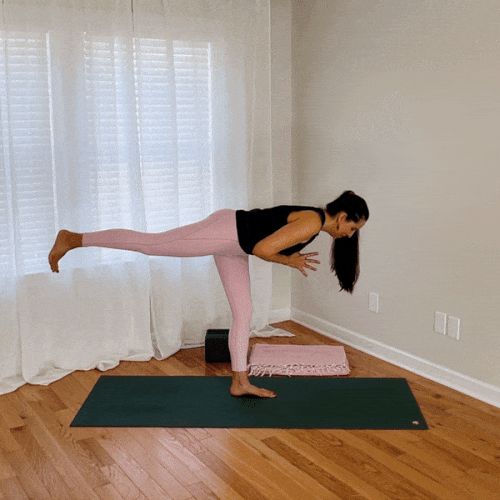
When I say this yoga rule is unsupported, I really mean it! I have asked multiple advocates of this rule to please share research references to support their claim that moving from closed-to-open hips is inherently injurious.
If there is actual research to support this claim, I would love to see it, read it, and possibly update my perspective. I truly would! But to this day, no one has shared a single research reference in response to my request.
Do you know what a claim with no evidence is? It’s an unsupported opinion, and that’s it! (Remember: the burden of proof is on those who make the claim!)
Why does this yoga rule persist, despite lacking biological plausibility and any scientific support?
Perhaps it’s partly because of the scary words and visualizations that are generally used to describe the supposedly injurious nature of this “closed-to-open” hip transition – e.g., “grinding,” “wearing down,” “impingement,” and more.
Fear-inducing words and alarming anatomical imagery – however biologically implausible and inaccurate – definitely have a way of standing out in our minds!
Because of this, it’s also easy to remember and then repeat these claims to other yoga students and yoga teachers who probably won’t think to question them – all of which might contribute to keeping this unsupported yoga rule alive!
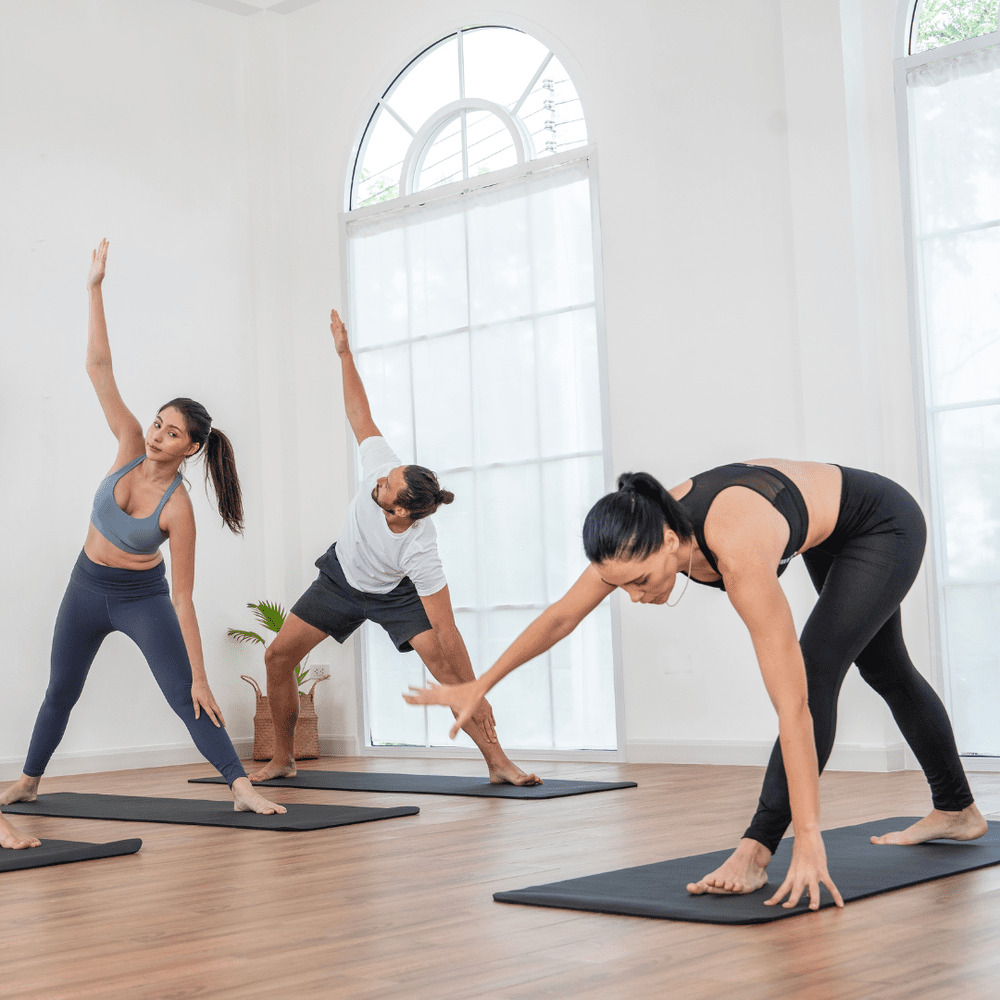
How do I know that this illogical yoga rule refuses to die?
I know this for multiple reasons!
1) I’ve received many messages from concerned yogis who continue to be taught this rule in their yoga teacher trainings.
2) More than one yoga teacher has told me that the yoga studio where they teach fires (yes – fires!) yoga teachers who teach this transition in their classes. (Can you believe it??)
3) Just a few weeks ago, a cautionary article about the transition from warrior 3 to half moon was published in Yoga Journal. (The article cited no research references.)
The subheadline for this Yoga Journal article reads:
“There’s a lot of controversy in yoga around whether you can safely move from ‘closed hip’ to ‘open hip’ transitions. The answer? It’s complicated.”
Despite what this Yoga Journal subheadline states, this question is not, in fact, complicated.
To treat this question as complicated actually reveals a naive understanding of the human body and movement, injury prevention research, tissue adaptation science, and pain science.
In reality, it’s quite simple: there’s nothing to fear about “closed-to-open” hip transitions.
Rotating one’s pelvis relative to one’s femur is just a normal movement of the human body that the structure of the hip joint allows. There’s honestly nothing to see here, folks! 🤷♀️
My previous content on this topic: a quick recap and refresher!
You might know that I’ve addressed the “no closed-to-open hips rule” and explained why it’s biomechanical b.s. in some of my past content.
Below, I’ll briefly cover that previous content and the main points I made to get you up to speed.
After that, I’ll share a new and very important insight that definitively closes the case on “Is warrior 3 to half moon safe?”… forever! 🙂
First came the YouTube video…
In March of 2020, I released the YouTube video“Should We Avoid Closed to Open Hip Transitions in Yoga?”. Feel free to watch it here (it’s just six minutes long), but I’ll also summarize it for you below.
Here are the main points I covered in this video:
The hip joint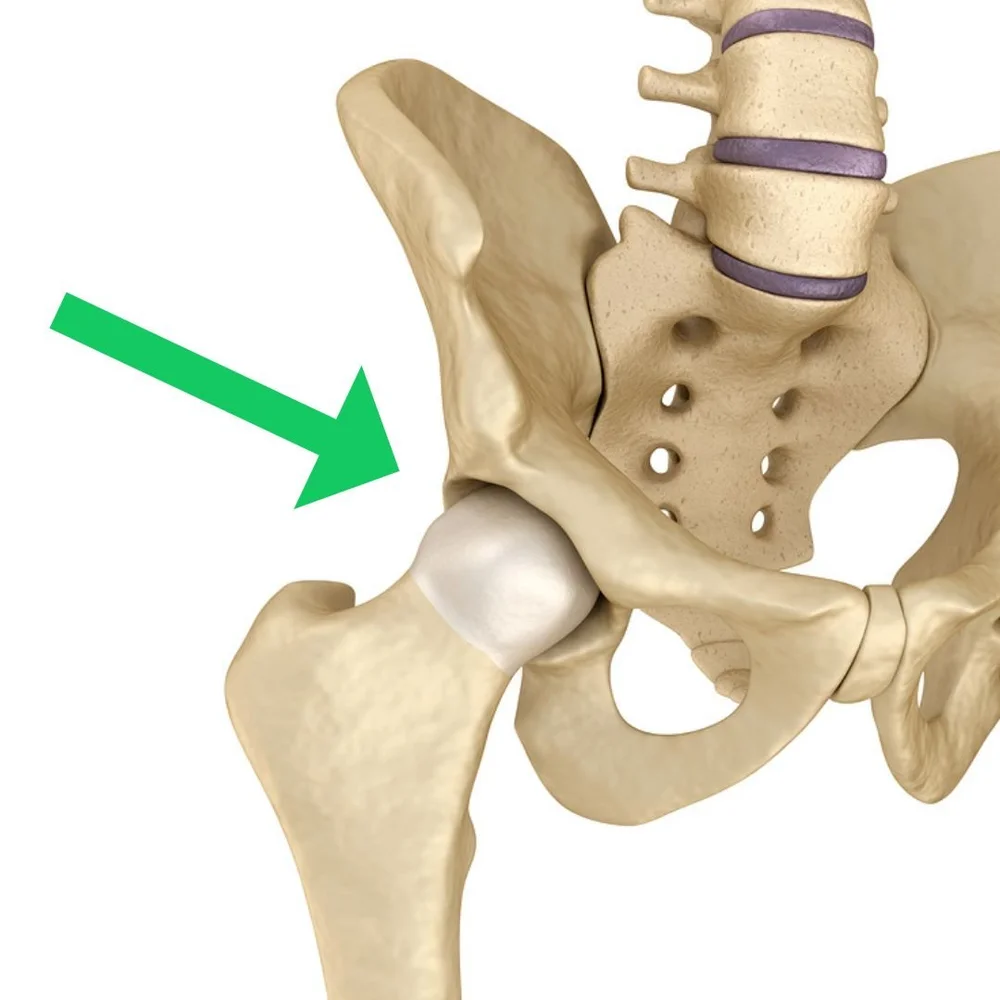
-
A visual demonstration of “closed-to-open” yoga transitions: warrior 1 → warrior 2 and warrior 3 → half moon.
-
In anatomy speak, transitioning from a “closed” to “open” hip position is technically called closed chain hip rotation or closed chain horizontal hip abduction.
-
Closed chain hip rotation is a normal human movement, and we do it all the time in daily life.
-
Yoga is a low-load movement practice in which we move slowly and mindfully. The forces involved in yoga are too low to be inherently injurious to our hip joints.
-
Our hip is a ball-and-socket joint with 360° of movement available to it. Rather than banning one specific hip movement ❌, we should instead move our hips in all the ways they can move on a regular basis to keep them happy and mobile.
-
In other fields in which professionals are much more educated in the topics of anatomy and biomechanics than yoga teachers are (e.g., physical therapy), closed-to-open hip movements are widely taught and prescribed without worry or concern – such as the common “hip airplane” exercise (demonstrated in the video).
-
Why are closed-to-open hip movements widely recommended and prescribed in rehabilitation and fitness circles, but in the yoga world, we think they should be banned?
-
This inconsistency between fields should give us cause to question and retire our old-school yoga rule.
Then we released a podcast episode…
Fast forward to January 2023, when my collaborator, Exercise Science professor Travis Pollen and I covered the “no closed-to-open hips” rule in episode 33 of the Yoga Meets Movement Science podcast: Yoga Alignment Rules That Don’t Make Sense.
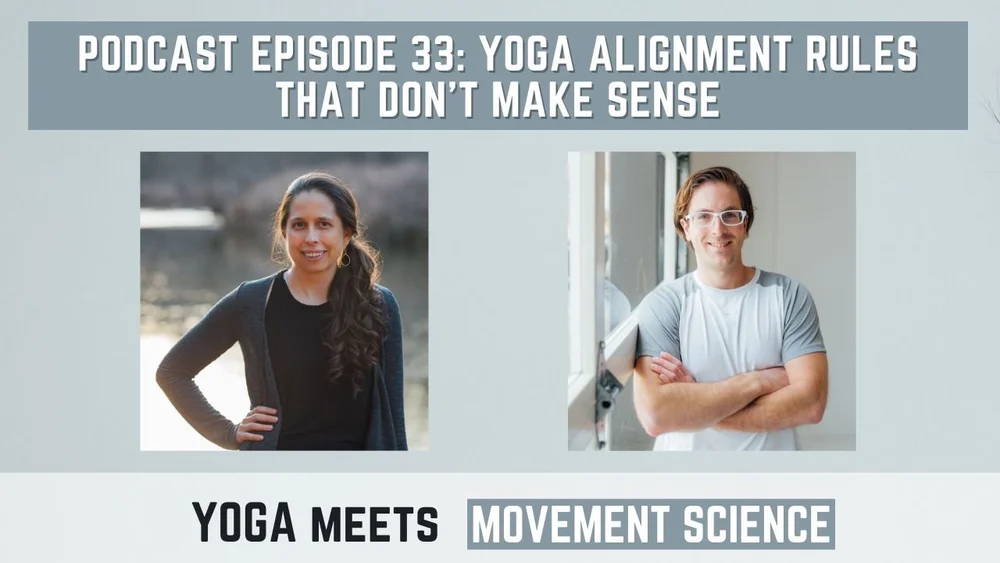
Travis is a literal expert in biomechanics and injury prevention. He has a master’s degree in Biomechanics and Movement Science and a PhD in Rehabilitation Science, and his dissertation research focused on injury prevention specifically.
In our podcast discussion, Travis affirmed all of the same points about “closed-to-open” hip transitions that were included in my 2020 YouTube video.
But we also discussed a new aspect of this topic that I hadn’t covered in my YouTube video: the all-important plank/side plank comparison!
Warrior 3/half moon compared to plank/side plank
As we’ve established, rotating from warrior 3 to half moon is closed chain hip rotation.
Now here’s the kicker: if we believe that warrior 3 → half moon is unsafe, then in order to be consistent in our reasoning, we must also believe that plank → side plank is unsafe.
Why? Because plank → side plank is actually the exact same anatomical action at the shoulder joint (closed chain shoulder rotation)!
Let me explain:
In warrior 3, we’re standing on one leg and our pelvis faces the floor. (The yoga world calls this a “closed hip” position.)
In order to transition into half moon from warrior 3, we rotate our torso to the side so that our hips stack. (The yoga world calls this an “open hip” position.)
This actual movement takes place in our standing leg’s hip joint. And because our foot is fixed to the ground, this is closed chain hip rotation.
Warrior 3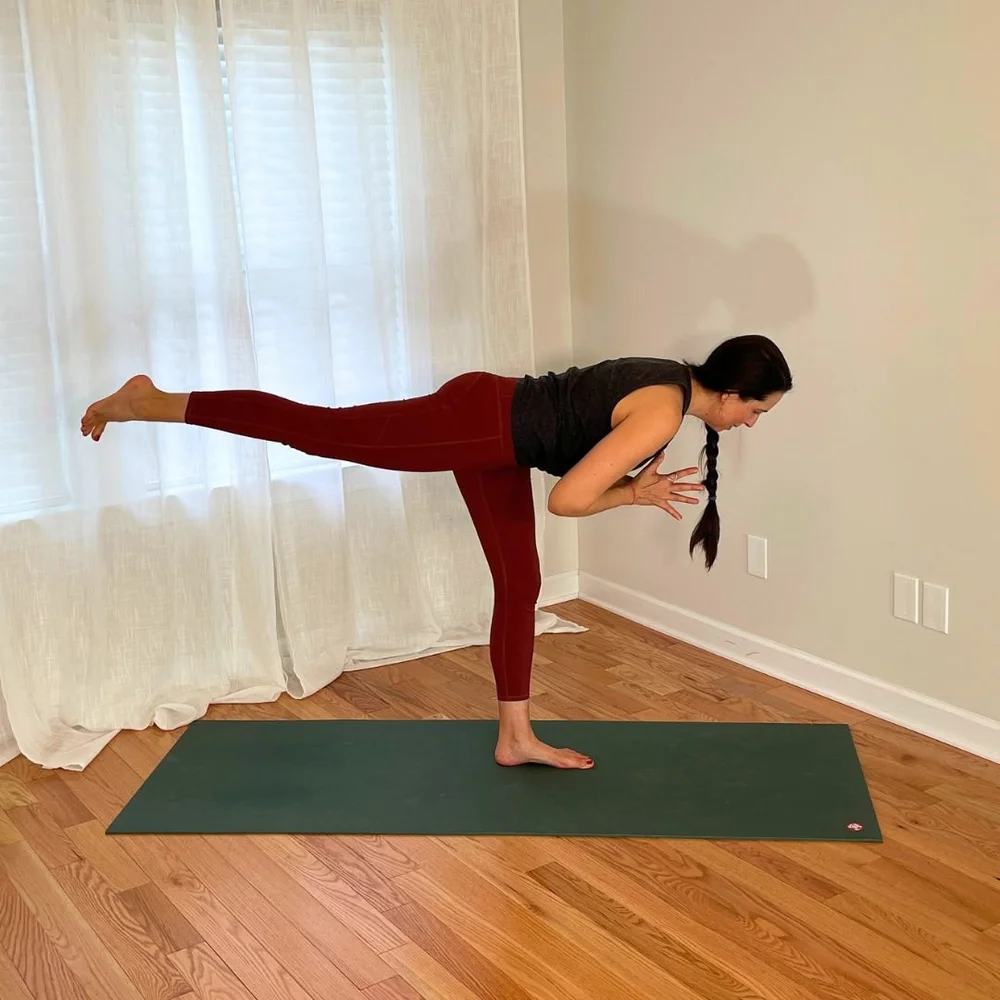
Half moon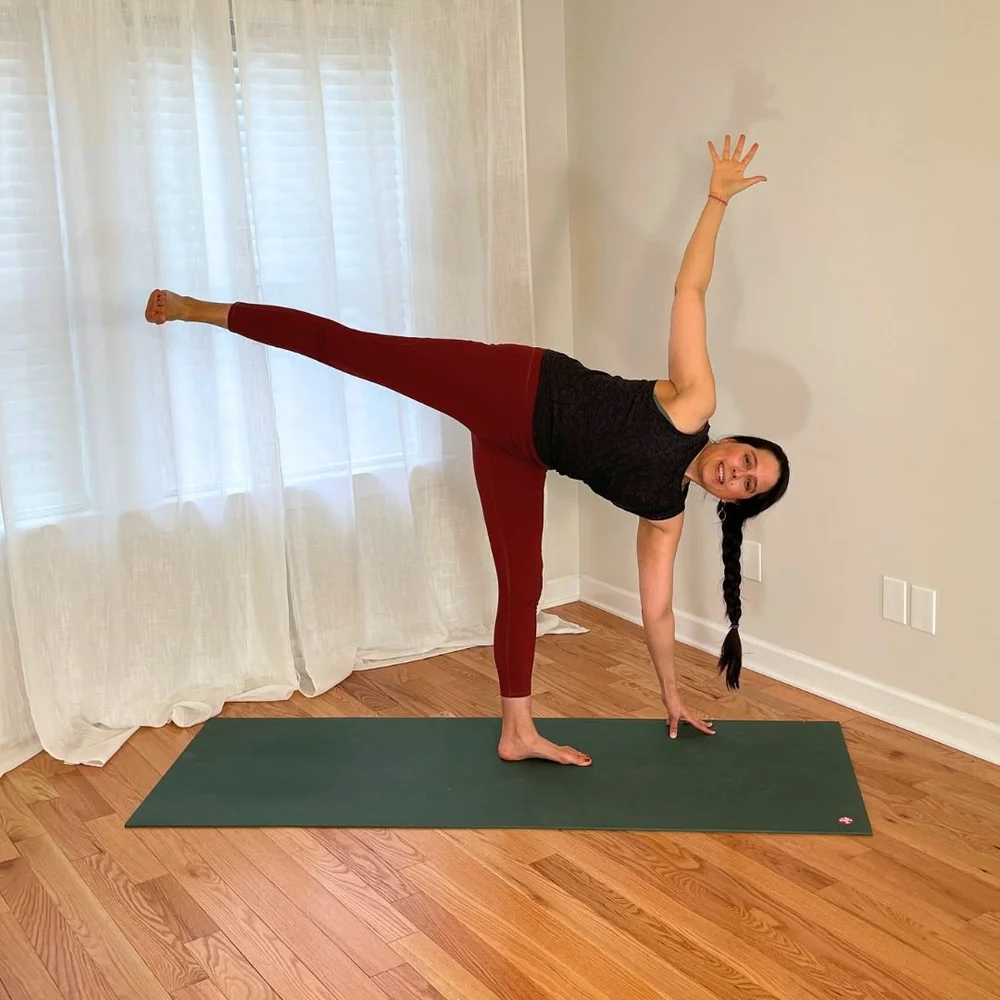
Now if we simply swap in plank for warrior 3 and side plank for half moon, we can see that transitioning between these two poses is also a “closed-to-open” transition – but this one takes place at the shoulder (the other ball-and-socket joint in the body).
From plank, we rotate our torso to the side so that our shoulders stack. This actual movement takes place in our “standing” arm’s shoulder joint. And because our hand is fixed to the ground, this is a closed-chain shoulder rotation.
Plank pose
Side plank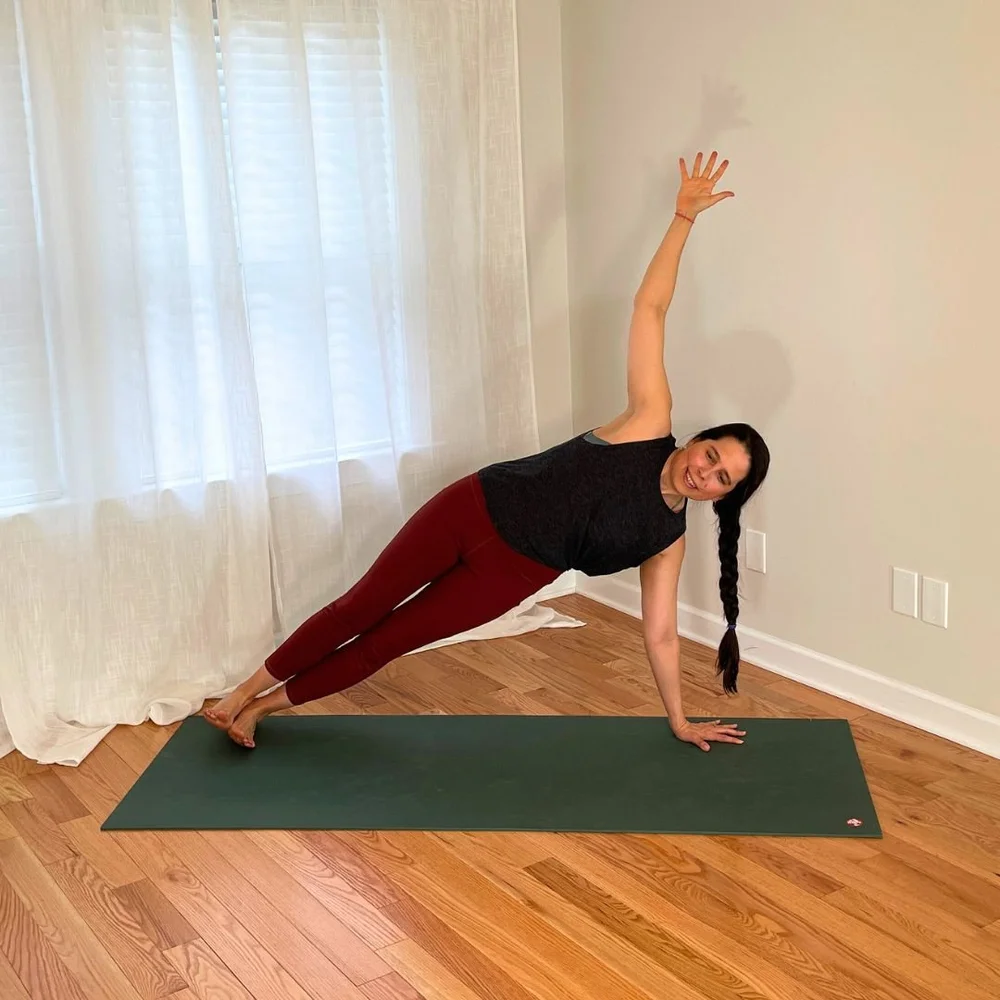
Now we all know that plank-to-side-plank does not have a special spot on the Official List of Banned Yoga Movements, but warrior 3-to-half-moon does. This makes no sense, and further highlights the lack of biomechanical support for the fearmongering about closed-to-open hip transitions.
This inconsistency in and of itself is enough to settle the issue of closed-to-open hip transitions once and for all! But just wait…
But wait – there’s more!
I recently posted about this plank/side plank vs. warrior 3/half moon inconsistency on social media, and I received pushback from a commenter who said:
“You can’t compare those two because the feet are on the ground in plank so the shoulder bears less weight.”
I decided it would be helpful to highlight this comment here because it presents the opportunity for an excellent yoga biomechanics lesson!
Yoga Biomechanics Lesson:
Yes, it’s true that there’s less absolute load on the shoulder in plank/side plank than the hip in warrior 3/half moon.
But what’s overlooked here is that there is much more relative load on the shoulder than the hip in these transitions – and relative load is the variable that matters in this discussion!
Just think about it: the hip is a much larger and more stable joint than the shoulder joint. So the hip is capable of bearing more load than the shoulder.
The hip joint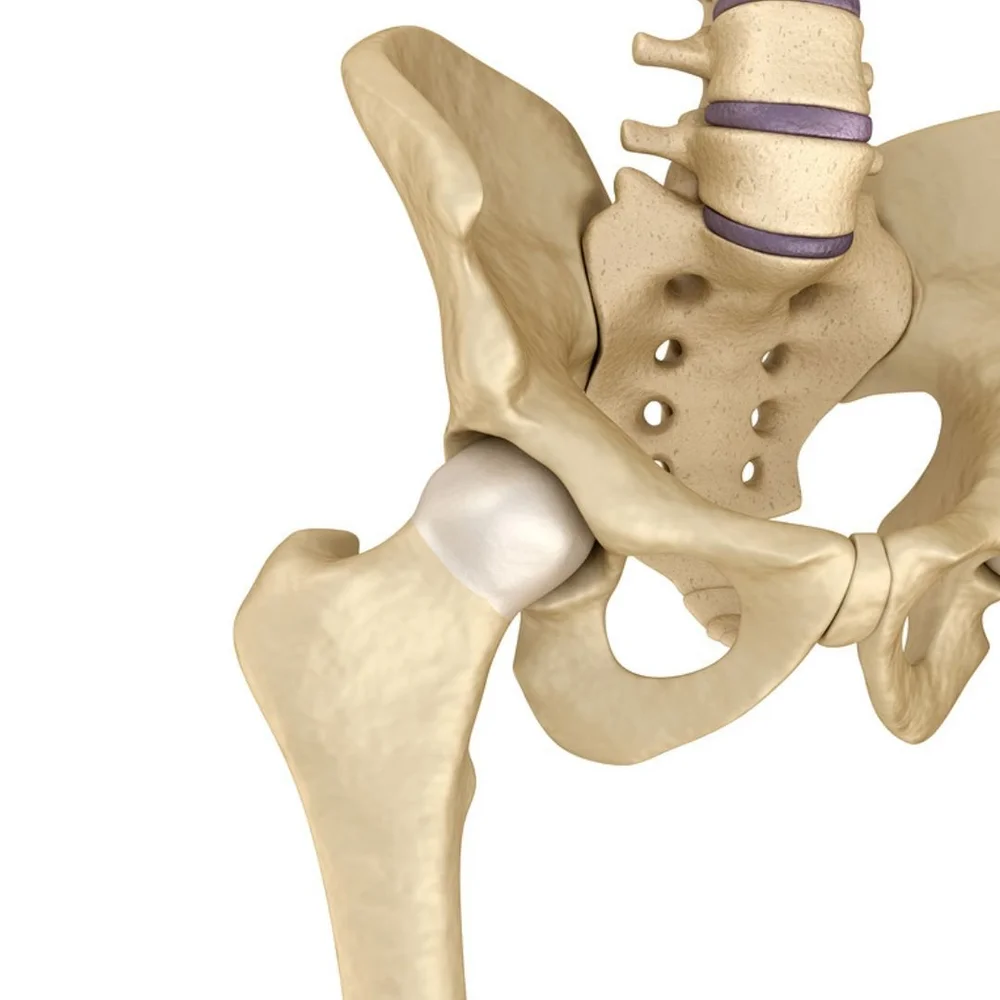
The shoulder joint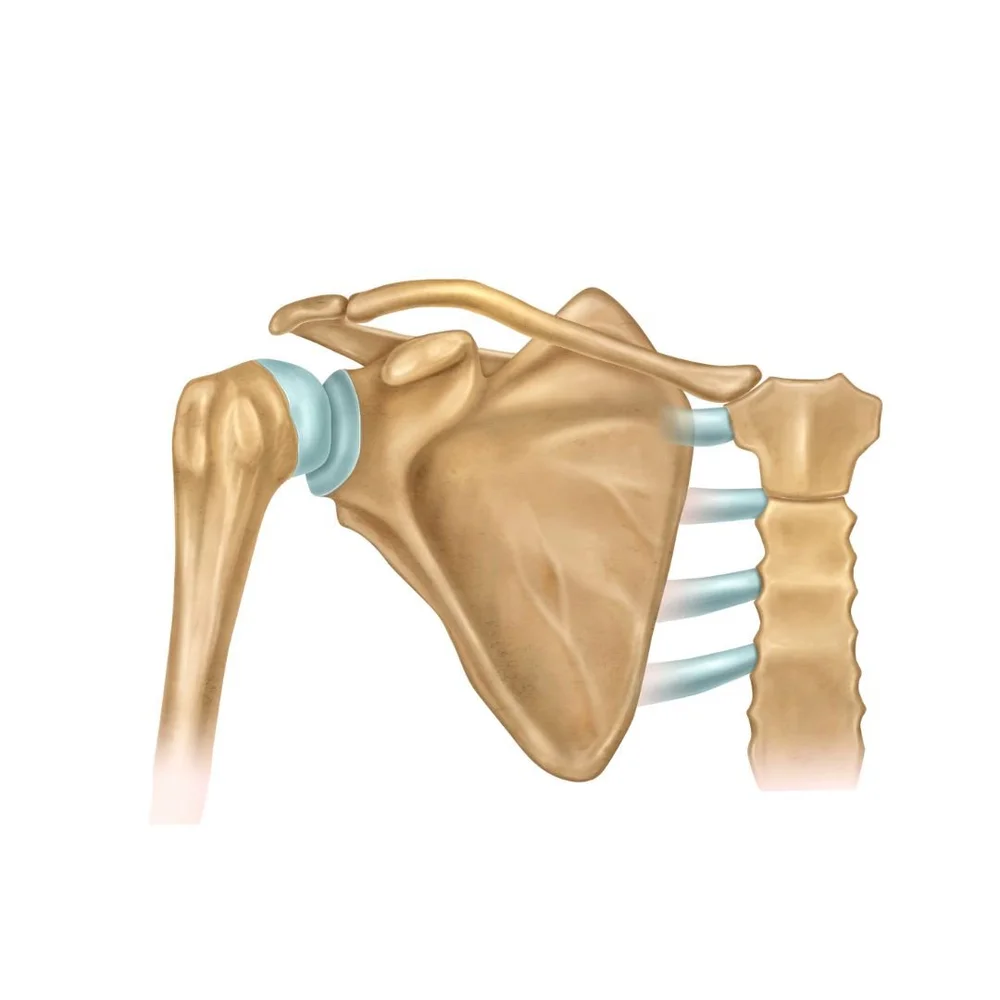
To illustrate this, just consider how much more weight we typically use in a lower-body strength exercise (e.g., a deadlift) compared to an upper body one (e.g., an overhead press). The hips/lower body are inherently stronger than the shoulders/upper body.
In addition, in plank pose, our upper body bears about 70% of our bodyweight. And when we transition into side plank, 70% of our bodyweight is on that single arm. (If you want to test this out, just put a bathroom scale under your hand(s) in plank or side plank!)
So the smaller, less stable joint of the shoulder bears 70% of our bodyweight in side plank, and the large, strong hip joint bears 100% of our bodyweight in half moon.
In other words, while the shoulder is loaded with less absolute load in side plank than the hip is in half moon, it’s loaded with more relative load in side plank.

Relative to its size, the small shoulder experiences more pressure – force per unit area – than the large hip joint does in these yoga transitions.
Therefore, plank/side plank is technically less safe (not more safe!) than warrior 3/half moon.
That’s right: the yoga transition that involves relatively more load on a ball-and-socket joint (plank/side plank) is seen as no problem, while the yoga transition that involves relatively less load on a ball-and-socket joint (warrior 3/half moon) is maligned and demonized.
And to extend this further, the same yoga studios who fire yoga teachers for teaching warrior 3/half moon don’t bat an eye if their yoga teachers teach plank/side plank.
How does this compute??
This glaring inconsistency seals the deal when it comes to the question of the safety of warrior 3/half moon. (And it also reveals the misunderstandings that arise when we don’t apply the science of movement to yoga asana correctly!)
If we’re not worried about plank/side plank (and we definitely shouldn’t be, because this is also a safe transition!), then we have no reason to worry about warrior 3/half moon.
The bigger picture takeaway about this unsupported yoga rule
In a sedentary society where less than 25% of the U.S. population meets the recommended physical activity guidelines, the last thing we need is to create unnecessary fear and barriers to movement.
Instead of singling out one specific hip transition in yoga and needlessly warning people that it’s problematic and worrisome, we’d be much better served by placing our focus on simply loading our hips in all the ways they move to increase their capacity and resiliency!
In my science-based approach to yoga, I choose movement optimism over movement pessimism, and I hope you do too!


